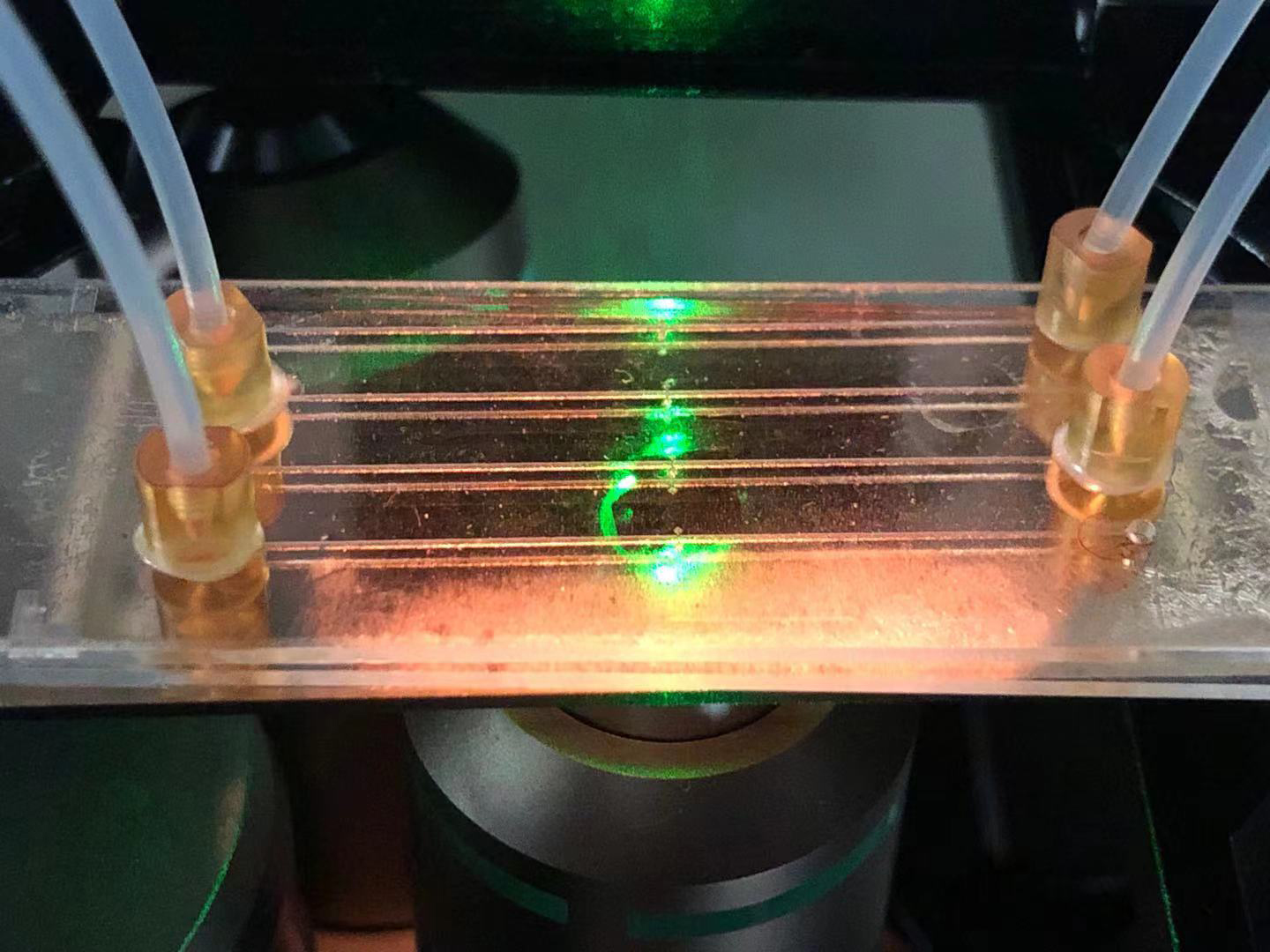The push to improve at-home medical technology is integral to lowering costs of health care by keeping people out of hospitals and doctors' offices for routine tasks. Diagnostics are an important part of that, allowing people to detect potential diseases earlier when treatment is less invasive and the chance of recovery is higher.

Researchers in the Cockrell School of Engineering at The University of Texas at Austin have developed a new type of diabetes test that could bring diagnostic technology only available today at the clinical level to the consumer. It boasts higher accuracy than clinical tests and requires only a small urine sample to deliver a clear reading.
The key to this test — documented in a new paper in ACS Nano — lies in a concept called chirality, a type of asymmetry most commonly exemplified by the differences between people’s left and right hands. But DNA, amino acids, proteins and sugars are chiral as well.
The new test can detect a shift in the metabolites in the urine sample that boils down to them switching back and forth from left-handed to right-handed. This "abnormal dextrorotatory shift" is induced by diabetes and is relevant to testing other diseases as well.
"Measuring the chirality of biomarkers is an emerging direction for disease detection," said Yuebing Zheng, an associate professor in the Walker Department of Mechanical Engineering who led the research. "More and more biological research has revealed that diseases are correlated with a change in molecular chirality. However, conventional chiral analyses often feature bulky equipment or have limited sensitivity in detecting the abnormal chirality in biofluids associated with diseases."
The new test boasts improved accuracy of 84% compared to 72% in clinical diabetes urine tests. And it does that while shrinking down the form factor in a way that could make it accessible to consumers.
Chirality has been important in pharmaceuticals for some time. Most drugs include chiral molecules. But it hasn't been applied as extensively to diagnosis, certainly not outside of clinical settings.
"To measure chirality is a very complex procedure that has always required expensive equipment," Zheng said. "We have managed to shrink it down to operate at the point of care."
Clinical tests typically take at least 24 hours to return a result. But this new diagnostic responds in seconds. That's because the team created a micro-bubble technique within the test that shepherds the targeted molecules in urine sample quickly to the sensor. Conventional clinical tests rely on the molecules to bind on their own, and that leads to low sensitivity because the molecules don’t always want to bind together. Having the micro-bubble that effectively drags the molecules to the detection spot significantly increases sensitivity.
A discovery made by Zheng and his research team four years ago played an important role in creating the new detector. In 2017, Zheng published a paper detailing new chiral metamaterials. These materials were used to create both the micro-bubble and important aspects of the chiral sensors.
The team is now working on commercializing the discovery. In addition to potentially selling it as an at-home diagnostic test, the team could also create a module to sell to clinicians to attach to their existing systems.
The researchers also seek to broaden the application of the test to chronic kidney disease and other ailments that involve changes in chirality.






